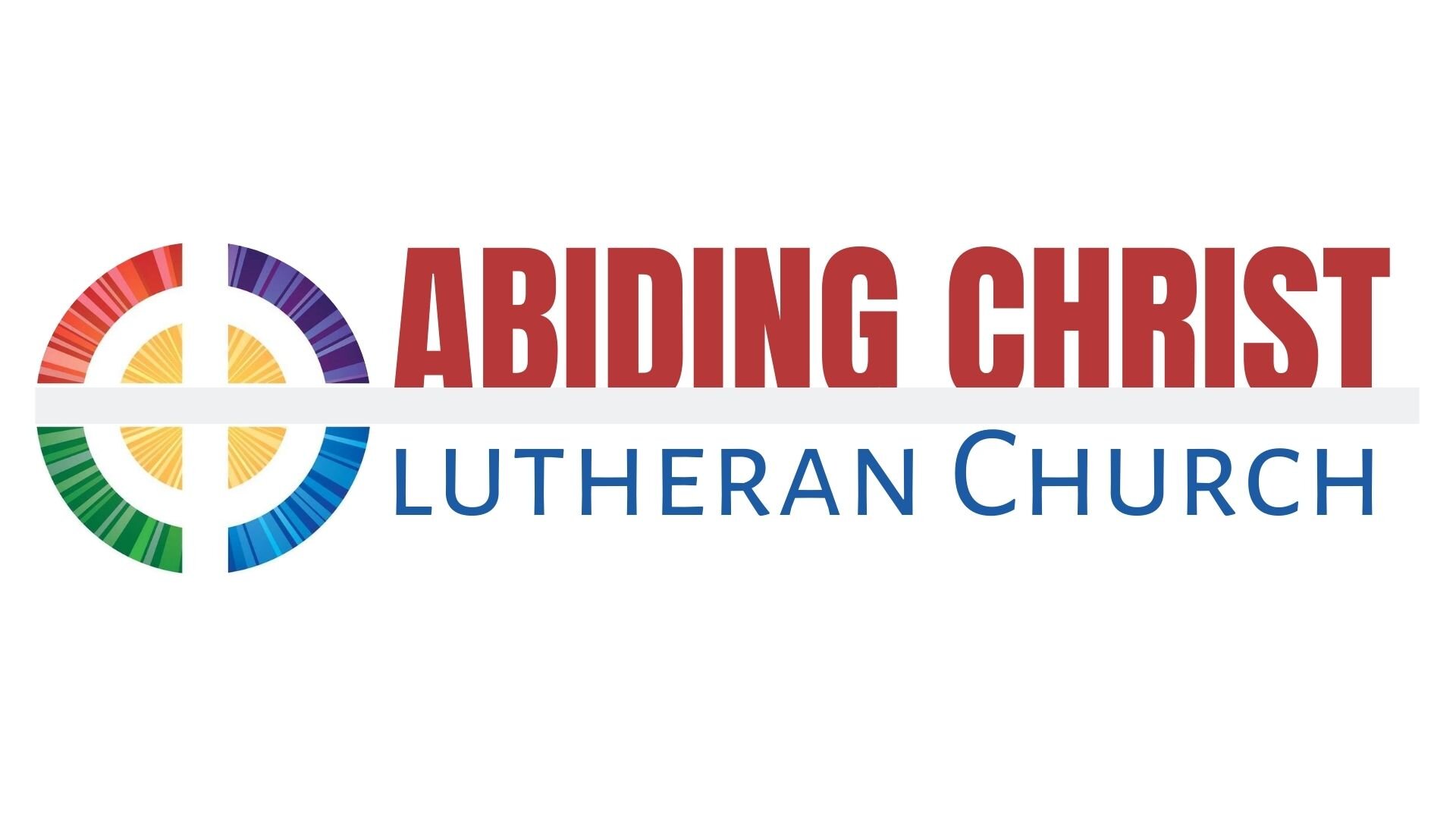Vaccine
The Birth of a Vaccine (A short story)
The Food and Drug Administration (FDA) is the regulatory authority that has oversight of the safety, effectiveness and quality of vaccines that are used in the United States.
FDA’s Center for Biologics Evaluation and Research (CBER) ensures that FDA’s rigorous scientific and regulatory processes are followed by those who pursue the development of vaccines.
FDA’s evaluation to determine the safety and effectiveness of vaccines are among the most rigorous in the world.
WHAT IS A VACCINE? Vaccines work by mimicking the infectious bacteria or viruses that cause disease. Vaccination stimulates the body’s immune system to build up defenses against the infectious bacteria or virus (organism) without causing the disease.
Some vaccines contain weakened versions of a bacteria or virus, other vaccines contain only part of the bacteria or virus. Some vaccines contain only the genetic material for a specific protein and direct the body to produce a small amount of that protein. The body’s immune system reacts defensively once it detects this protein.
After vaccination, the immune system is prepared to respond quickly and forcefully when the body encounters the real disease-causing organism.
This is the typical process that FDA expects vaccine developers to follow:
1. RESEARCH PHASE: Scientists develop a rationale for a vaccine based on how the infectious organism causes disease. The scientists then conduct laboratory research to test their idea for a vaccine candidate; sometimes this testing occurs in animals.
2. PRECLINICAL PHASE: Before a vaccine can be tested in people, a researcher performs additional laboratory research and testing in animals to obtain information about how the vaccine works and whether it's likely to be safe and work well in humans.
3. CLINICAL PHASE: Researchers submit their findings to FDA. FDA evaluation includes an assessment of the preclinical data and a determination whether these tests were conducted according to Good Laboratory Practices. Studies conducted in people are known as the Clinical Development stage and typically cover three phases under the oversight of FDA.
Phase 1 - Emphasis is on safety and generally includes 20–80 volunteers who haven’t been exposed to the disease being studied and who are generally otherwise healthy. These studies are used to determine whether there are adverse reactions with increasing doses and, if possible, to gain early information about how well the vaccine works to induce an immune response in people.
Phase 2 - In the absence of safety concerns from phase 1 studies, phase 2 studies include more people, where various dosages are tested on 100’s of people with typically varying health statuses and from different demographic groups, in randomized-controlled studies. These vaccine studies typically also include a control group consisting of people who may receive an FDA-approved vaccine, a placebo or another substance. People receiving the vaccine under study are compared to people in the control group.
Phase 3 - The vaccine is generally administered to thousands of people. This phase includes additional information about immune response and compares those who receive the vaccine to those who receive a control, such as a placebo. For example, the number of cases of disease in the vaccinated group is compared to the number in the control group to see whether the vaccine reduces the incidence of disease.
4. SPECIAL CONSIDERATIONS: In public health emergencies, such as a pandemic, the development process may be atypical or expedited. If certain criteria are met, manufacturers may submit a request for Emergency Use Authorization (EUA) to FDA to facilitate the availability and use of their vaccine during this time.
5. MANUFACTURING CONSIDERATIONS: While the vaccine is being tested in people, FDA is also assessing information pertaining to the manufacturing of the vaccine and the facility where it will be made. Once a manufacturing process is developed that ensures that the vaccine can be produced reliably and consistently, and the preclinical and clinical development programs have been successfully completed, companies submit a Biologics License Application (BLA) to the FDA.
6. FDA APPROVAL: FDA evaluates the data to determine whether the safety and effectiveness of the vaccine has been demonstrated and whether the manufacturing and facility information assure product quality and consistency. After its evaluation, FDA decides whether to approve (also known as to license) the vaccine for use in the United States. If FDA approves the vaccine, the company is permitted to market it in the United States for use in the population for which it is approved. A typical FDA team is comprised of: physicians, chemists, statisticians, pharmacologists/toxicologists, microbiologists, experts in postmarketing safety, clinical study site inspectors, manufacturing and facility inspectors, and labeling and communications experts.
7. PRESCRIBING INFORMATION: Information published is based on scientific data that are submitted by the manufacturer in the BLA and determined by the FDA to be satisfactory.
8. CONTINUED FDA OVERSIGHT: Although the vaccine development process and FDA’s evaluation are rigorous and comprehensive, there is still a need for ongoing surveillance of vaccines after FDA-approval to identify uncommon adverse events or long-term complications that may occur, and sometimes to monitor effectiveness.
Beth Ewing, RN, MSN, CNM, WHNP-BC
LSIM Parish Nurse



